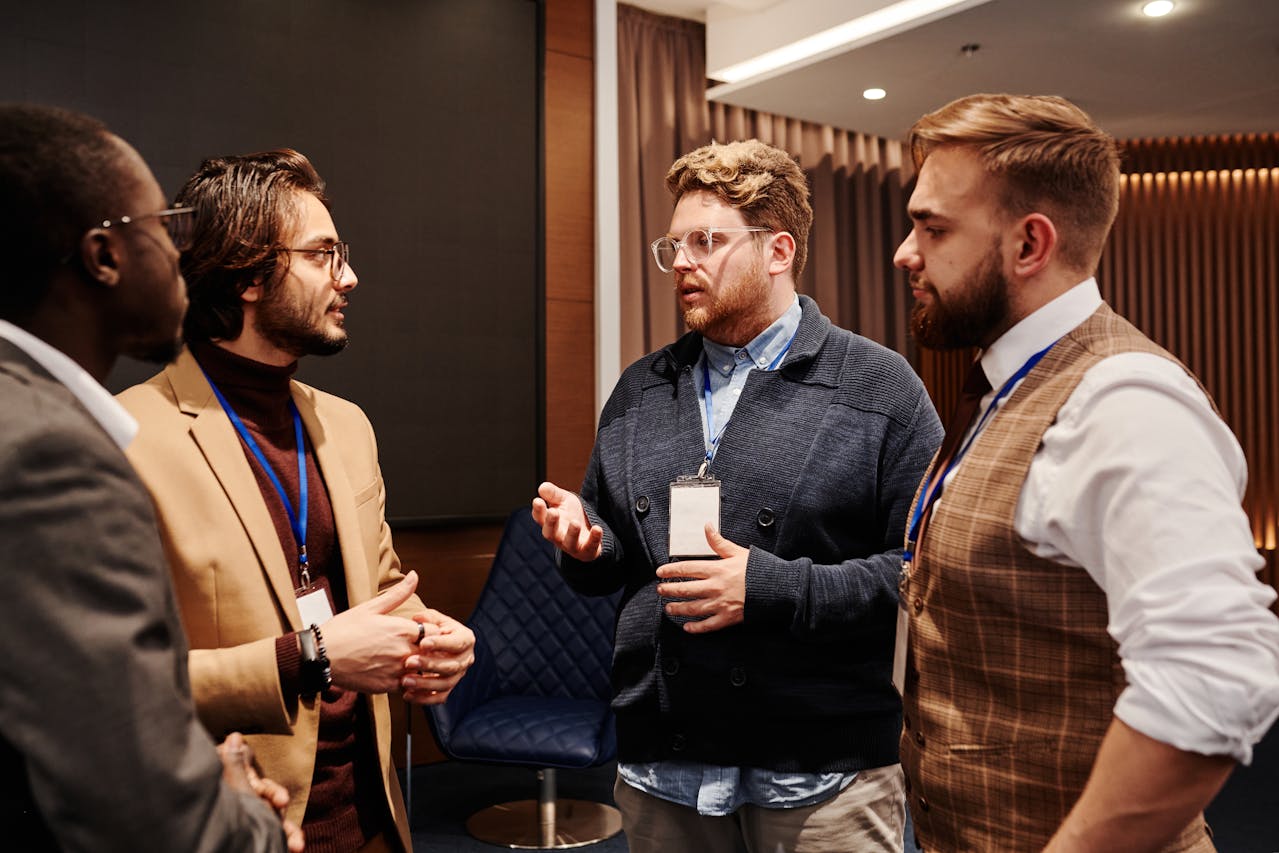Clothing plays a pivotal role in shaping our perceptions and performance across diverse spheres of life. From the crisp uniforms of military personnel to the polished attire of corporate professionals, what we wear speaks volumes about who we are and how we are perceived by others. In this article, we delve into the fascinating realm of uniform psychology, aiming to unravel the intricate connections between clothing, perception, and performance.
Historical Perspective
Uniforms have undergone a remarkable evolution throughout history, reflecting societal norms, cultural values, and practical necessities. From ancient warriors donning distinctive armor to the intricate regalia of royalty, uniforms have served as symbols of identity, authority, and unity. The adoption of uniforms in various contexts can be attributed to deep-seated psychological motivations, including the desire for group cohesion, hierarchy establishment, and the projection of power.
Whether worn by military forces, sports teams, or employees, uniforms have consistently wielded psychological influence, shaping perceptions and fostering a sense of belonging and purpose within communities. Understanding the historical trajectory of uniforms offers valuable insights into the enduring significance of attire in shaping human behavior and societal dynamics.
Perception and Identity

Uniforms wield significant influence in shaping perceptions of identity and authority, serving as visual markers that convey specific roles and affiliations. Whether it’s the crisp attire of law enforcement officers commanding respect or the tailored suits of business professionals exuding competence, uniforms shape how individuals are perceived by others. Case studies reveal how uniforms influence social categorization and stereotypes, with attire often triggering subconscious associations and judgments.
For example, studies have shown that individuals wearing doctor’s coats are perceived as more competent and trustworthy in medical contexts. Similarly, the distinct uniforms of military personnel evoke notions of bravery and discipline. Understanding the impact of uniforms on perception sheds light on the complex interplay between attire, identity, and societal expectations.
Psychological Effects on Wearers
Uniforms exert profound effects on self-perception and behavior, influencing wearers’ confidence and performance. Studies indicate that donning uniforms can instill a sense of identity and purpose, bolstering individuals’ confidence in their respective roles. Moreover, wearing uniforms often primes individuals for specific behaviors associated with their roles, such as professionalism or authority.
Research suggests that individuals wearing uniforms experience a psychological “activation” of role-related concepts, leading to enhanced focus and adherence to role expectations. Additionally, wearing uniforms can elevate individuals’ perceived status and credibility, further boosting their confidence and performance. Understanding the psychological effects of uniforms on wearers underscores the importance of attire in shaping not only external perceptions but also internal states of mind and behavior.
Uniforms in Work and Education

Uniforms serve as ubiquitous fixtures in both professional environments and educational institutions, playing multifaceted roles in shaping organizational culture and identity. In workplaces, uniforms promote a sense of unity and professionalism, fostering a cohesive team spirit while minimizing distractions associated with individual attire choices. Similarly, in educational settings, uniforms are employed to instill discipline, equality, and a sense of belonging among students.
However, the psychological effects of uniform policies on productivity, discipline, and morale vary. While some argue that uniforms enhance focus and discipline, others contend that strict uniform policies may stifle individual expression and creativity, potentially impacting morale. Understanding the nuanced interplay between uniform policies and psychological outcomes is crucial for optimizing their effectiveness in fostering positive organizational and educational environments.
The Influence of Fashion
Fashion exerts a powerful influence on the design of uniforms, driven by a complex interplay of psychological factors. Trends in uniform design often reflect broader societal shifts, cultural values, and aesthetic preferences. Innovations in textile technology and ergonomic design also shape uniform trends, catering to wearers’ comfort and functionality needs. Furthermore, fashion impacts perceptions of uniforms and their wearers, with stylish and contemporary designs signaling modernity, professionalism, and adaptability.
Conversely, outdated or ill-fitting uniforms may evoke perceptions of incompetence or lack of attention to detail. Understanding the psychological dynamics underlying fashion trends in uniform design is essential for organizations seeking to enhance their image, foster positive perceptions, and promote employee satisfaction and confidence.
Conclusion
Uniforms are important because they affect how people see themselves and others. Learning about their psychology helps us understand how they shape behavior and identity in schools and workplaces. Knowing this helps us understand how people behave and what’s normal in society. We need to study more about how clothes affect us to learn even more. If we understand how clothes affect us, we can create places where people feel confident and respected.








